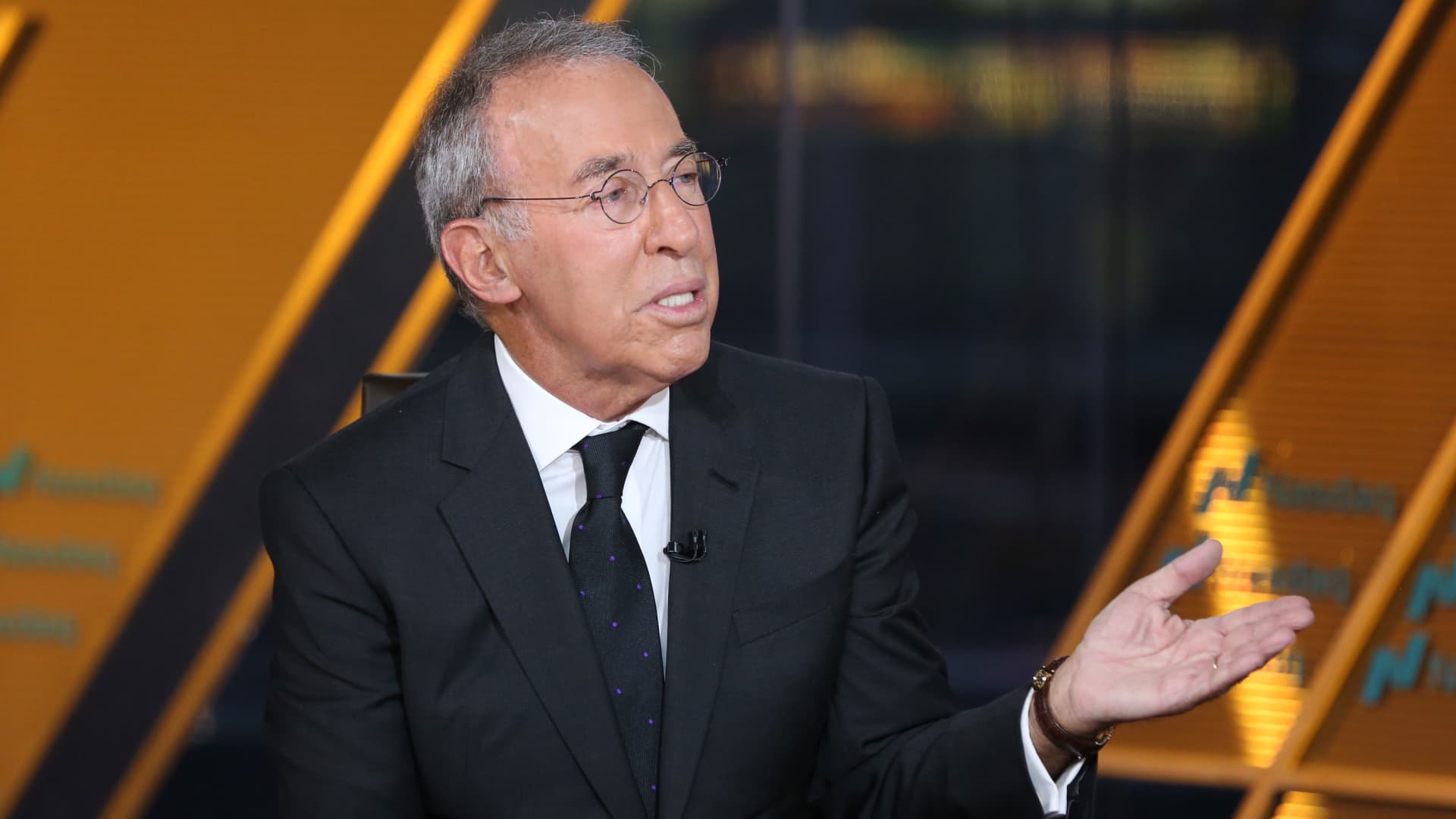Many Americans Are Clueless About Their 401(k) Investments. Here’s How to Change That
:max_bytes(150000):strip_icc():format(jpeg)/GettyImages-592232681-bc711fcca6ef4c47a0c782ae3e388bfe.jpg)
:max_bytes(150000):strip_icc():format(jpeg)/GettyImages-592232681-bc711fcca6ef4c47a0c782ae3e388bfe.jpg)
Rafe Swan/Getty Images
Finding out how your 401(k) is invested can help you make the most of your retirement planning.
You probably wouldn’t throw money at a random investment every two weeks without doing any research. But that’s what millions of Americans do with their 401(k) contributions.
According to a 2023 CNBC survey, almost half of Americans (46%) have no clue what their 401(k) is invested in. That figure is even higher for younger Americans, as 54% of 18- to 34-year-olds said they don’t know what investments are in their 401(k).
That’s a recipe for disappointment. Don’t just assume your money is in good hands. It could be sitting in a mediocre fund, generating less for your retirement than an alternative could. With a little effort, you can find out—and take back control of your retirement planning.
Key Takeaways
- Nearly half of Americans don’t know how their 401(k) is invested, potentially leaving their retirement savings in underperforming or high-fee funds.
- Federal law requires plan sponsors to provide details about your 401(k) holdings. If you’re not getting that info, ask your employer.
- Most 401(k) plans default to target-date funds, which may not suit everyone.
- Building a diversified, low-cost portfolio tailored to your goals and risk tolerance can lead to better results over time.
How To Find Out About Your 401(k) Investments
You should be able to check on your 401(k) on your provider’s website. Even if not, anyone in an employer-sponsored plan should be receiving quarterly activity statements that show their balance and investment holdings, and annual statements that disclose the funds they’re invested in, their returns, and costs. That’s the law.
“If you are not getting that information, talk to your HR department and/or to the company’s plan trustee,” said Scott Bishop, a certified financial planner and the managing director of Presidio Wealth Partners. “They are required to give you that information as part of their fiduciary responsibility.”
How To Research Your Options
Usually, investment options can be viewed online by logging into your account. If the plan doesn’t have a website, ask for a list of options to be sent to you.
“If your plan has a website, there should be great information on each of the funds, style, holdings, and performance,” Bishop said. “If that is not there, you should ask HR or your plan trustee for information on each of the investment options. As part of their 404(c) requirements, they need to give you this information to make informed decisions.”
How To Choose 401(k) Investments
If you don’t specify how you want your money invested, it will end up in the plan’s default option. That usually means a target-date retirement fund, an increasingly popular type of mutual fund designed to adjust your investment allocation over time based on your projected year of retirement. Target-date funds had more than $4 trillion in assets under management in 2024.
While target-date funds are often well-suited for hands-off investors, they aren’t for everybody. Some have relatively high fees, and they generally assume that everyone retiring in a certain year has the same risk tolerance and financial goals. If you want to take a more active role, consider building a custom portfolio that better reflects your own goals and comfort with risk, especially as you get closer to retirement age.
Bishop recommends building a diversified portfolio consisting of three or four investments. When choosing, aim to keep fees as low as possible, take less risk as you close in on retirement, and make sure the funds actually provide significant diversification. If this sounds like too much to handle, seek help from a financial advisor. Some employees offer this service for free.
The Bottom Line
For many people, their quality of life as they age will depend on how well their 401(k)s perform. So take some time to be sure that yours is designed to take care of you. Do some research, and perhaps make a few phone calls. If you decide you’re happy with how things are, then leave it alone. If not, take control and make some changes; all those dollars you’ve been squirreling away could grow significantly more as a result.









